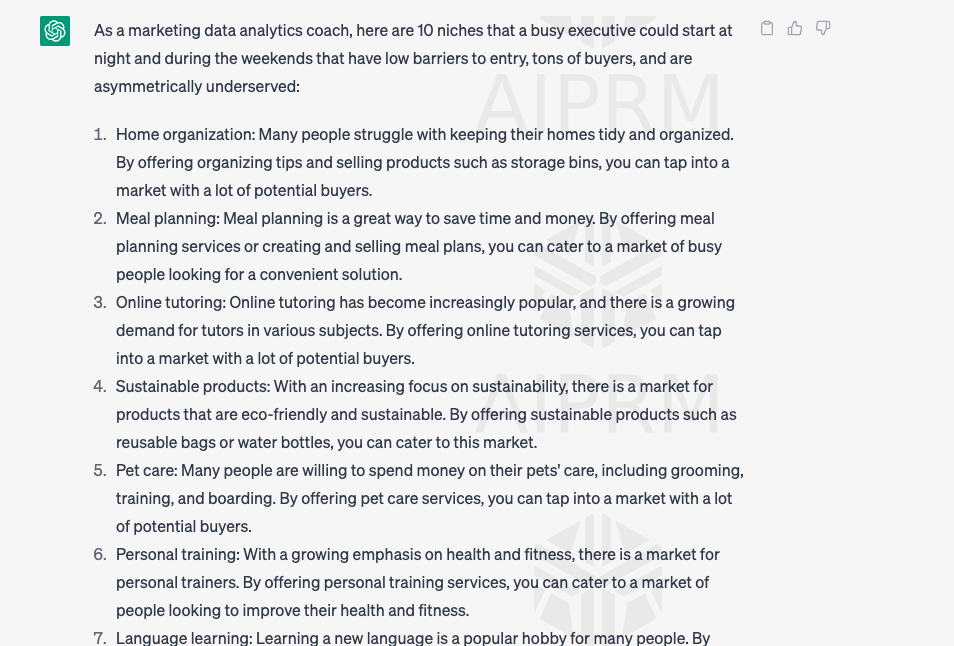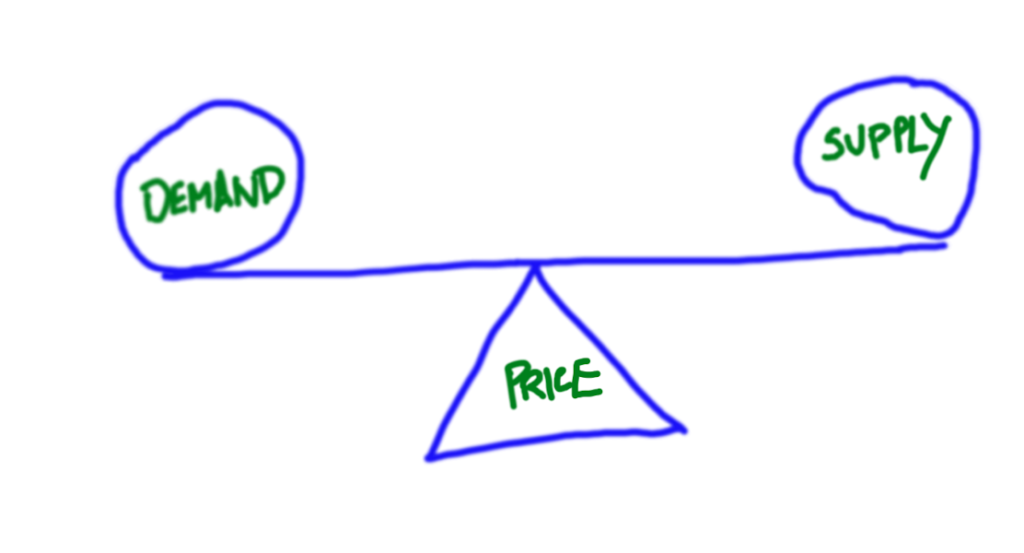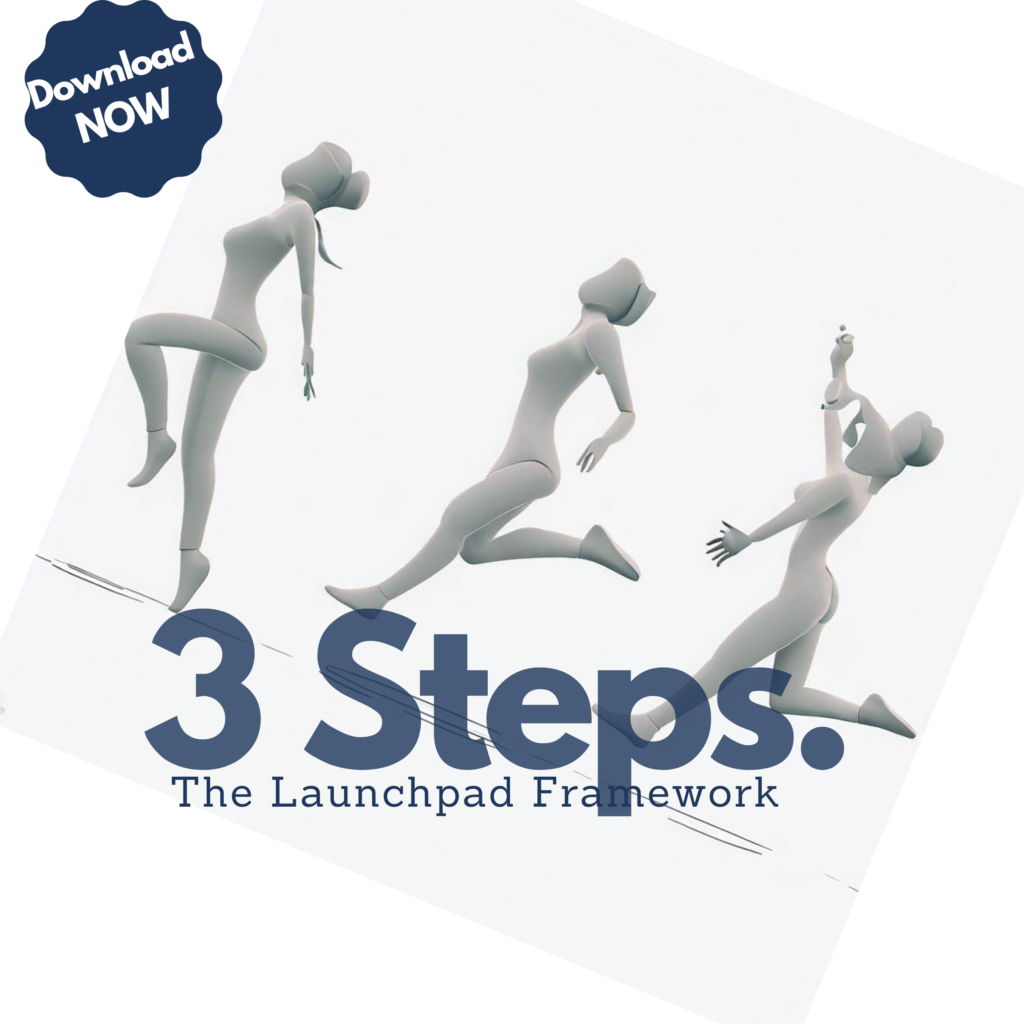You could go to Chatgpt and ask this question using this prompt?

and Chatgpt will give you some great responses.

A Couple Of Potential Problems With This
However nevertheless, it is a great place to start. Now as you noticed form the prompt we typically want to use 3 determining criteria when choosing a market.
Let's break this down further....
1. Does The Market Have Consumers?
It sounds like a "duh" soundbite however you will be surprised at how many people will overlook this fact and focus more on what they want to sell than what the buyer is already buying or worse try to sell products in markets that are dying.
The core reasons we want to demand fulfill especially in the beginning is because
a) We may not know too much about buyer behavior in that market.
b) We don't have the time and resources to be creative. We need profits fast
c) We don't want to be left with the burden of educating/convincing the market. That costs
2. Are they "asymmetrically" underserved? How competitive is the market
When choosing a market, we want to go after markets that have a problem but have little to no options.
This is economics 101. When there is too much supply, the demand shrinks making the supply a commodity, meaning you can't charge too much when everyone has the product for sale.
Great example remember during the Covid pandemic? Everyone that lived in the city no longer wanted to live across where you worked especially if now you were forced to work remotely.
It was a great incentive when everything was open(walk to work, save on gas and commute time) but with the new reality, not so much.
So what happened?
People started buying homes in the suburbs. The demand was high as interest rates were low and there just weren't enough homes to serve the demand. So what was the result? Ridiculous overpriced homes for sale. That's a nice problem to have if you were the home seller.
So in short find markets that are underserved and have a considerable amount of demand. That leads to price insensitivity where people will pay a premium(high prices) for products they cant seem or get anywhere.

3. Low barrier to entry? What's the cost of doing business?
From a far it may sound similar to supply and demand however this is different.
We all know there is a cost of doing business. Whether it's cost of goods to create the product or cost to bring in the customer to our store or cost to pay people we've hired to fulfill on the products we are selling.
There is an associated cost. The problem is that when we decide to choose a market and are only focusing on demand without factoring in this metric, we could easily generate sales, however, realize a loss. yes you can generate huge sales at a loss if you don't factor in cost of doing business.
So let's say you wanted to get in to the landscaping business. Before you even factor marketing you have to consider the equipment (lawnmowers, a pick up truck, blowers, edgers...etc) and this is even before you have started the business. The barrier to entry is moderately pricey as you have to buy the equipment before you even generate revenue. Probably not a great place to start.
However if you do use the criteria above, finding people who need landscaping and then connecting them to the people with the equipment to do the job for a finders fee or a % flips this business and makes it worthwhile.
So if the price of admission is high, you can creatively find a way to force admission by removing the bottlenecks or avoiding them all together.
The New Opportunity
The above 3 criteria are great heuristics(shortcuts) for evaluating if a market is worth pursuing or not worth your time and they will get you to some level of traction and is also a great starting point.
However it's not enough. The key thing here being the positioning problem. There are too many demands on our prospects most valuable resource which is their time.
When everyone looks like everyone else their biggest challenge is distinguishing the difference between merchants. Besides, if no one knows of you, or why they should buy from you from the start, you have a real dilemma on your hands.
Now just because you're going after an underserved market doesn't guarantee you will conduct business with the entire market and maybe that's not even your desire.
BUT(My English teacher told me never to start a sentence with BUT 😁) to earn the attention and trust of your prospect before they even transact with you is the ultimate goal.
Why do two merchants selling the exact same thing, solving the same problem, talking to the same customer have huge disparities in revenue?
Why does Rolls Royce Ghost fetch 3X the price of a BMW 7 series when it uses almost 20% parts of the BMW?
Or Why do eye glasses all charge different prices when we know they majority source their products for the Italian manufacturer Luxottica as their main supplier?
It all boils down to one word....POSITIONING which is different from branding.
Positioning is the deliberate, well orchestrated design of an experiential expectation way before ever interacting with you or your product.
In layman terms, it's setting up the stage before the show.
A brand is what they remember after the show.
In the spirit of sharing, I have created a quick 3 step framework for you. It's called the 3 3 Step Launchpad
3 Step Launchpad will walk you through exactly how to deliberately plant seeds of expectation with your prospects so that when the time comes to consider the purchase, you bubble up to the top as the obvious choice or in a lot of instances, the only choice that they would buy from.
It's simple, it's straight forward and it's only 3 steps!!!
If you'd like a copy, click the button below and I'll send it you way!!!
CIAO
Lee Kariuki
